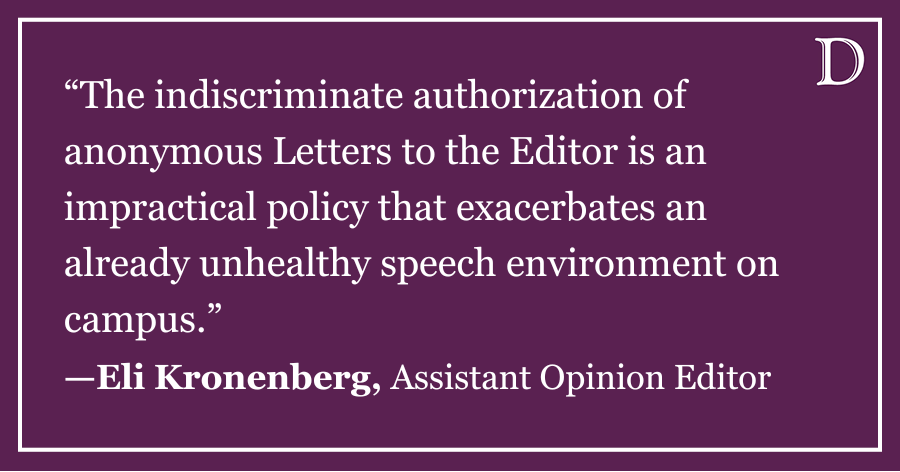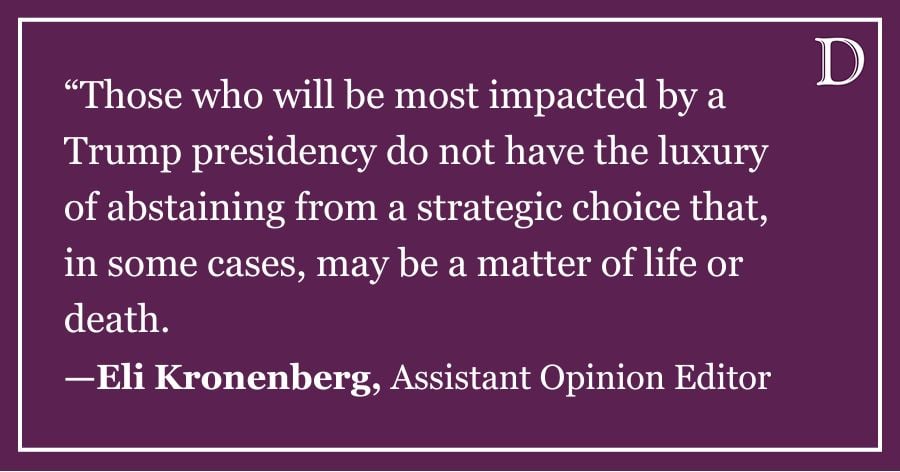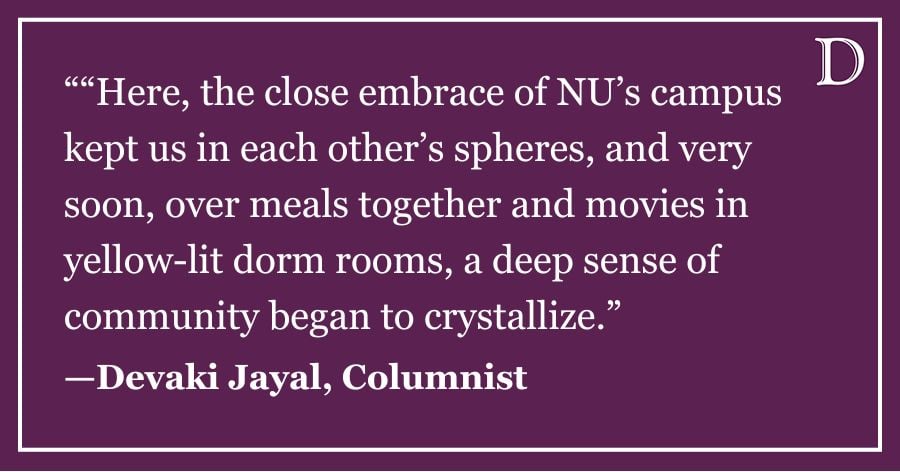In our country’s most recent elections, two states, Colorado and Washington, voted to legalize marijuana. Reactions to the decisions varied widely; many support legalization, while others fear it will lead to an increase in the number of smokers.
It’s a controversial issue. But should it be? To answer that, it’s helpful to look at the economics of the subject.
In basic, introductory-level microeconomics classes, students are taught about the concept of Pareto efficiency (emphasis on the basic because here we’ll assume that we want our leaders to have at least some training in economics).
Put simply, Pareto efficiency describes the situation in which outcome A can be said to be objectively better than outcome B if every individual in the system would be better off by a switch from B to A.
Naturally, applying said principle to an entire country is impossible. However, the idea is useful to keep in mind for a brief discussion on the legalization of marijuana.
Our first concern is the most important: Would the use of marijuana rise after nationwide legalization? It’s very likely that it would.
During the era of Prohibition in the United States, lasting from 1920 to 1933, the consumption of alcohol fell to 30 percent of its pre-Prohibition level. When it returned to its pre-Prohibition levels is unclear, but some evidence suggests it was as early as 1936. It’s reasonable to expect a similar outcome with regards to marijuana. That’s a negative.
But while Prohibition succeeded in its goal of reducing alcohol consumption, it also gave rise to a black market for liquor and beer. Gangs became powerful and influential by bootlegging and selling alcohol, leading to an increase in violence and corruption.
We still have this problem. In Mexico, violence rages as the government wages a war against various drug cartels while the cartels fight each other for control of the market. The bloodshed has spilled over the border into the Southwest.
The cartels exist because there is a demand for an illegal substance. They risk everything to meet this demand because they can make huge profits.
Although the cartels sell more than marijuana, the Mexican Institute for Competitiveness estimates that should the U.S. legalize the drug, Mexican drug cartels would lose somewhere around $1.4 billion in revenues.
It’s possible that the cartels, feeling threatened, would escalate the fighting in order to control more of the market. However, a deal could be worked out to grant the cartels legitimacy as entities that sell marijuana. Legitimate businesses have little use for guns.
Legalization wouldn’t do away with the violence entirely, but it could save lives and improve the situation for our neighbors to the south. That’s a cut-and-dried positive. The decision to legalize could potentially solve many drug-related problems.
But then where would the profits from selling marijuana go? Into the pockets of American entrepreneurs and the U.S. government.
With marijuana legal in the states, anyone could grow and sell it. This would create jobs and revenue for U.S. citizens during a time they could seriously use it. What’s more, the government could then impose a sin tax on the sale of weed, as it does for booze and cigarettes.
Some have put the potential total on such a marijuana tax at $100 billion a year. That’s a clear positive.
What’s more, tax dollars would no longer be spent on tracking down, prosecuting and imprisoning potheads. Many individuals who smoke weed are not exactly threats to society, and clearing out prisoners convicted of selling and smoking marijuana — as opposed to violent crimes or those related to harder drugs — would alleviate the serious overcrowding issue facing prisons.
At the end of the day, we have the opportunity to help the problems on the border, encourage business, promote job creation, open up space in our prisons and raise a considerable sum of money through the legalization of marijuana.
With the current system, we allow the cartels to thrive, curb the potential of business, waste opportunities on the job creation front and dump money into something that should be bringing in serious revenues for our country.
Let’s call the former outcome A, and the latter outcome B.
Dan Ryan is a Weinberg junior. He can be reached at [email protected]. If you would like to respond publicly to this column, email a Letter to the Editor to [email protected].














